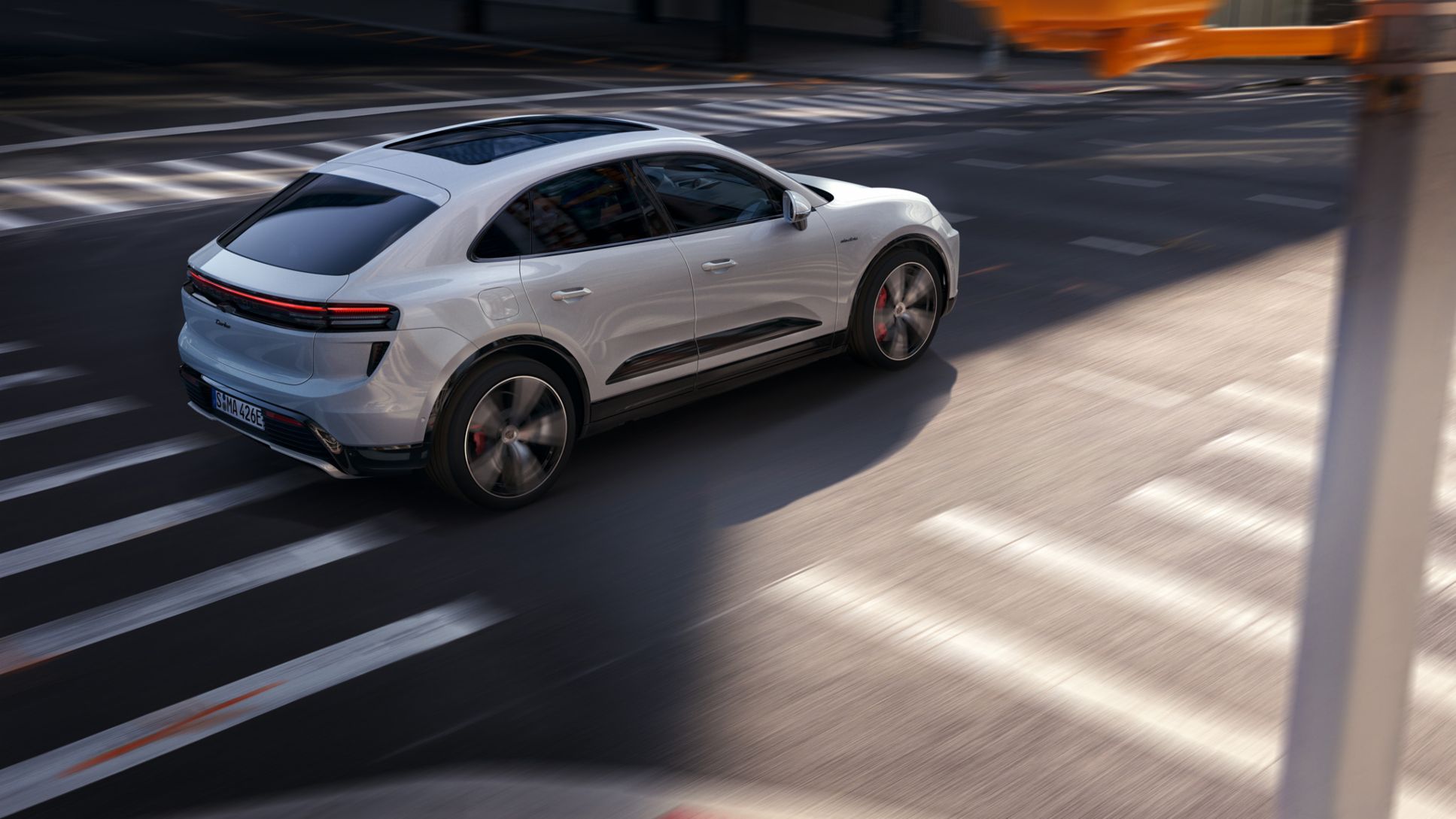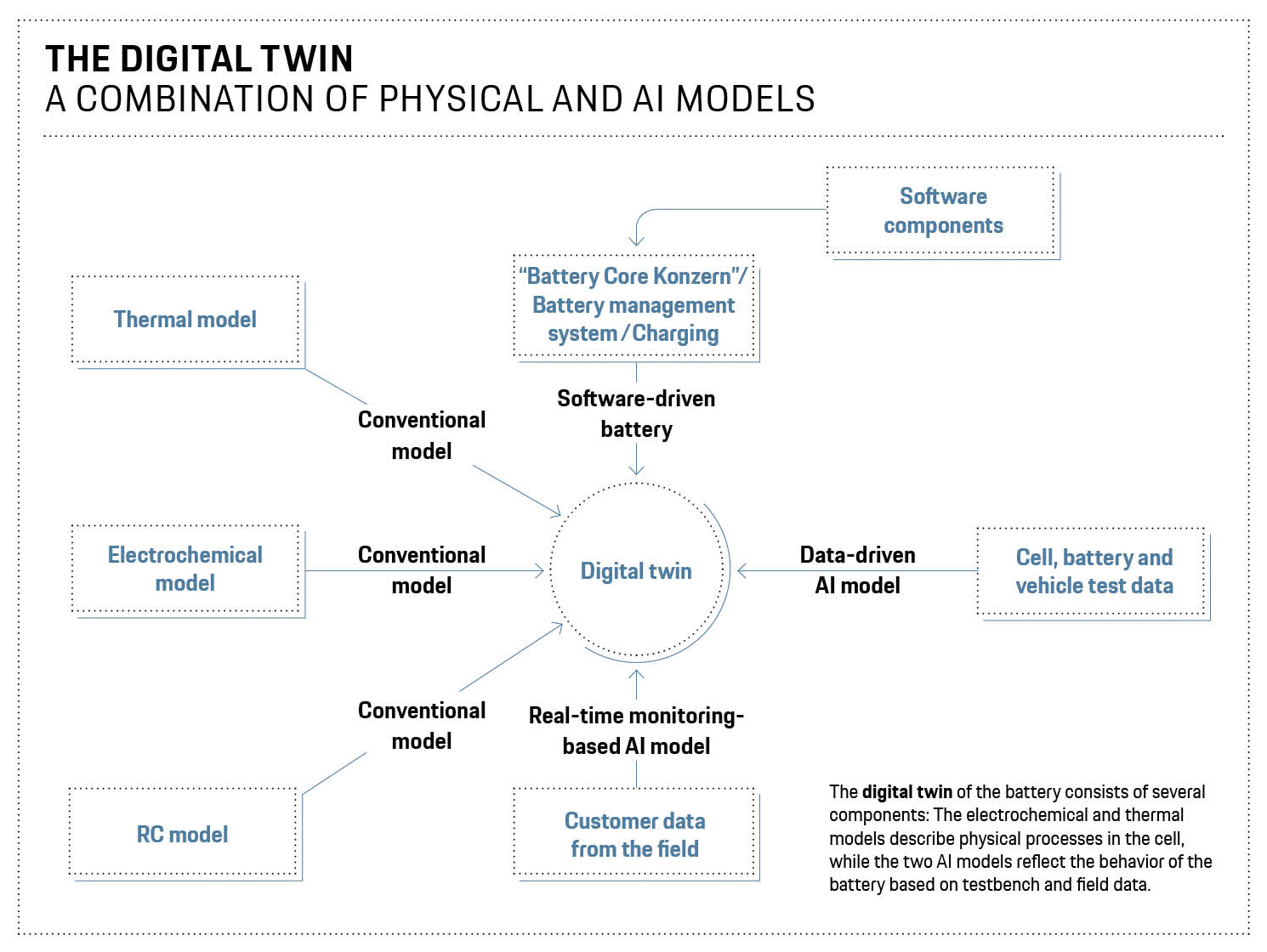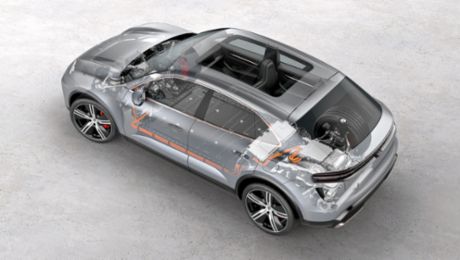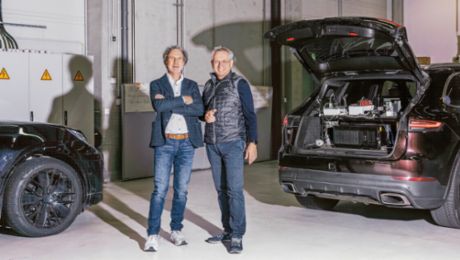How will a system for which there is no long-term track record behave in the future? The space agency NASA has grappled with this question for decades. Their probes, after all, frequently embark into unknown environments equipped with the latest technology. To better assess the life cycle of spacecraft, NASA researchers developed the concept of a ‘digital twin’ in the early 2000s: The real aircraft was replicated down to the most minute detail as a model in the computer, and was then used to play out the unknown scenarios—decades of travel, for example.
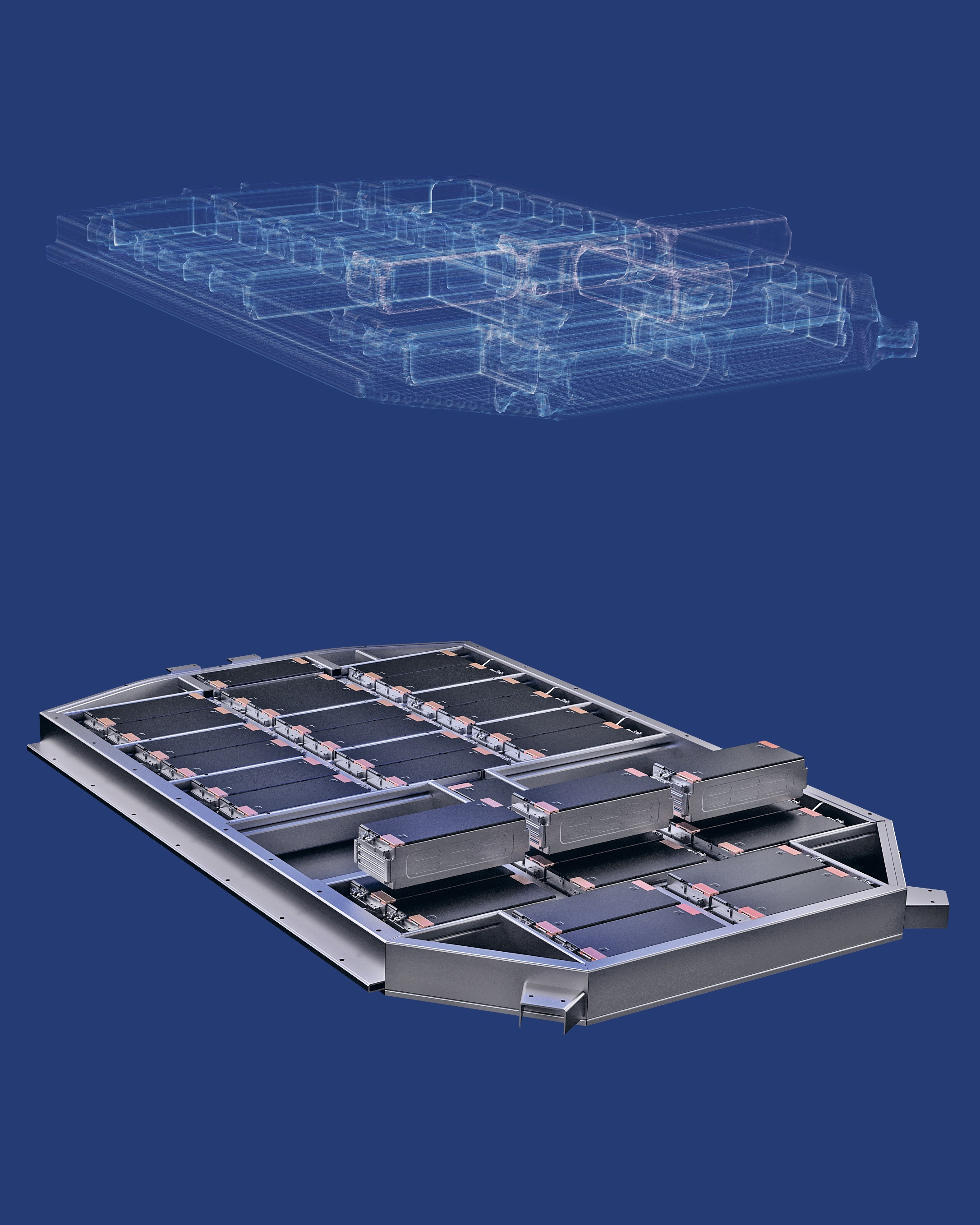
Porsche Engineering takes the same approach to optimizing the high-voltage battery of electric vehicles. “We need to understand how the cells will behave in the field over the long term—without being able to draw on many years of experience, as is the case for the combustion engine,” explains Joachim Schaper, Senior Manager AI and Big Data at Porsche Engineering. The Battery Digital Twin is intended to provide a glimpse into the future: The digital representation of the battery operates exactly like the original and provides information on the expected aging process. It can also be used to improve the service life and performance of the battery. AI experts from Porsche Engineering in Germany and the Czech Republic are therefore working flat out on the Battery Digital Twin.
With ever-rising demands on the durability of batteries, not least in the legal realm, the topic is very much front of mind. From August this year, anyone who puts batteries into circulation in the European Union has had to provide information on performance and durability in accordance with the new EU Battery Regulation (BATT2). The US state of California has already set minimum standards: From the 2030 model year, electric vehicles must still achieve at least 80 percent of their original range after ten years or 150,000 miles (241,000 km) of mileage. This is stipulated by the California Air Resources Board in its "Advanced Clean Cars II" regulation of November 2022. A similar regulation could apply in the EU in the future. It is therefore essential for OEMs to be able to provide precise information on the durability of vehicle batteries.
Detecting Patterns of Behavior
To create a digital twin of the battery, the engineers provide a modular, scalable framework for integrating existing and future model components. The basis for this is a performance module that describes the electrical capability of the battery in a simplified manner and can build on established approaches such as the resistorcapacitor model. In addition, there is a more complex electrochemical model that simulates the processes in the battery cell at the level of individual particles—the interaction between anode, cathode and electrolyte. Another facet is the thermal model, which can be used to predict how the battery will react to cold or heat.
The models are mainly based on laboratory tests with individual cells or cell modules and their ability to predict how the battery will behave in the vehicle is limited. The experts at Porsche Engineering therefore use real field data taken from test vehicles or test benches on which cells are tested. They are supplemented with data from the fleet, provided that customers participate in a data exchange program.
With the help of the field data, AI algorithms are trained to recognize patterns in customer driving behavior. Temperature or voltage deviations in individual cells, for example, can indicate premature wear and abnormalities. However, AI can only recognize aspects for which there is an existing data basis in the field. It can’t make predictions about long-term aging effects, as there’s hardly an e-vehicle on the road that is more than four years old. This is why the engineers at Porsche Engineering are bringing the two worlds together: “The success lies in combining existing model-based components with AI methods,” explains Adrian Eisenmann, Development Engineer at Porsche Engineering.
Some start-ups are already directing their exclusive focus on the analysis of battery data. However, just looking at cells and modules is not enough, Schaper emphasizes: “You also need comprehensive knowledge of the processes in the vehicle.” Porsche Engineering is at home in both worlds: For example, the engineers have developed large parts of the battery management system for Porsche electric vehicles as well as pulse inverters for the powertrain.
At the same time, Porsche Engineering also employs highly specialized battery data scientists. An initial function at Porsche Engineering China called 'Repair Prediction' has already emerged from the work on the digital battery twin. It is based on a machine learning algorithm that monitors the battery data and warns of signs of wear or abnormalities. “This allows the customer to be notified proactively,” says Lars Marstaller, Product Owner Battery Analytics at Porsche Engineering. The predictive function also shortens any workshop visits, as necessary spare parts can be ordered at an early stage.
Individual Battery Twin
The work on the Battery Digital Twin started last year and is making good progress. Porsche Engineering has already created prototypes of the electrochemical and thermal models, which are now combined with AI analyses. But the work is challenging: Data from vehicles with different thermal and charging systems must be merged, and the laboratory models are often complex and need a lot of computing power. The simulation models are gradually parameterized with field data in order to make them even more realistic. Prototype applications are expected this year.
The long-term goal is not only to create a general Battery Digital Twin, but also a digital representation of individual vehicle batteries. It could run in the cloud and, if desired, give the customer instructions on how to extend the life of the battery without compromising the drive performance. Some factors that have a positive effect on durability are known: The state of charge (SoC) should be kept constant between 30 and 70 percent and extreme outside temperatures should be avoided. These, however, are just a few of many factors.
“Battery aging is a complex interplay of many factors that are difficult to separate, especially in the field,” says Eisenmann. Eventually, it may even be possible to customize the vehicle with the help of the digital doppelganger. “In the future, you could analyze the customer’s driving style on request and change the parameters in the battery management system in a way that minimizes wear,” expert Marsteller can imagine. In addition, digital twins could provide important insights for the development of new batteries—potentially even beyond the automotive industry. “Knowledge about the cells could also be applied to trucks, e-bikes and boats,” Schaper offers as an example.
Info
Text first published in the Porsche Engineering Magazine, issue 1/2024.
Text: Constantin Gillies
Copyright: All images, videos and audio files published in this article are subject to copyright. Reproduction in whole or in part is not permitted without the written consent of Dr. Ing. h.c. F. Porsche AG. Please contact newsroom@porsche.com for further information.
